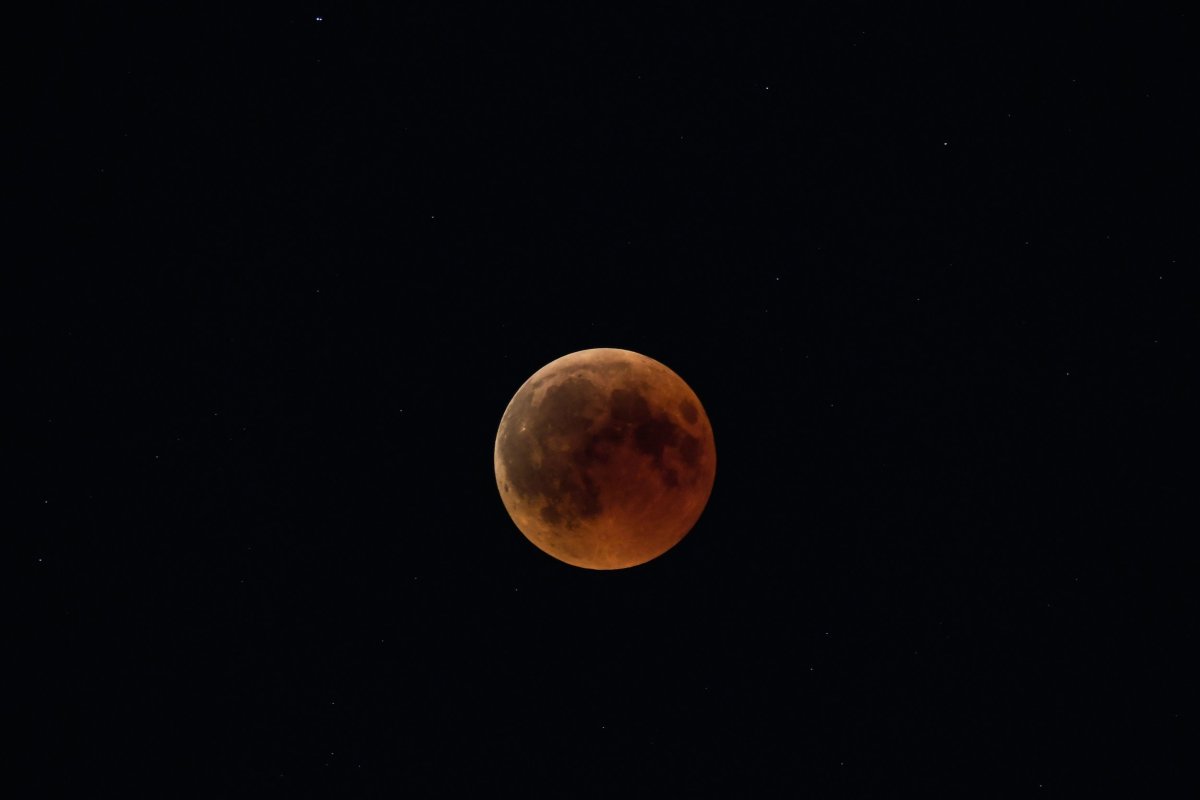A spectacular astronomical event is set to take place in the evening of January 20 and early morning of the 21 when a supermoon and total lunar eclipse coincide
The event will be visible to stargazers in the U.S., Canada, South America as well as parts of Europe, Asia and Africa.
Read more: Super blood moon is coming—total solar eclipse and supermoon converging explained
If you would like to follow the event online, some sites are providing live coverage of the event:
Robotic telescope service Slooh will be streaming the eclipse on their website [sign in required] as well as their Facebook page, with coverage beginning at 10:30 p.m. EST.
In addition, timeanddate.com will be providing a live stream on their YouTube Channel, with coverage starting at 10:00 p.m.
But what exactly are supermoons and total lunar eclipses?
"Supermoon" is a term used to describe the moon when it is full and at its closest point to Earth. At these times it appears brighter and larger than a normal full moon.
Total lunar eclipses—which occur slightly more frequently than once every two years—are when the Earth passes directly between the Sun and the moon, creating a shadow which partially obscures our natural satellite from our perspective on the planet's surface.
The moon will become darker; however, it will not completely disappear. Some light from the Sun which is not directly blocked by our planet is refracted through the atmosphere. This light is scattered in the process and turns red before striking the moon.
Thus, once the moon is fully covered by the shadow, it will appear a dramatic reddish-brown color—what's known as a blood moon. Being the first full moon of the year, it is also referred to as a "wolf moon."
For viewers in North America, there won't be another total lunar eclipse until May 2021, so it's well worth checking it out from an outdoor observation point if you are able to—preferably somewhere away from artificial lighting.
The full eclipse will begin at 11:41 p.m. EST on January 20 and will last until 00:53 a.m. on the morning of the 21.
Unlike solar eclipses—where the moon's shadow obscures the Sun—total lunar eclipses can be viewed safely with the naked eye. Looking through a telescope or binoculars is not necessary as the moon will be clearly visible, weather permitting of course.

Uncommon Knowledge
Newsweek is committed to challenging conventional wisdom and finding connections in the search for common ground.
Newsweek is committed to challenging conventional wisdom and finding connections in the search for common ground.
About the writer
Aristos is a Newsweek science reporter with the London, U.K., bureau. He reports on science and health topics, including; animal, ... Read more
To read how Newsweek uses AI as a newsroom tool, Click here.








